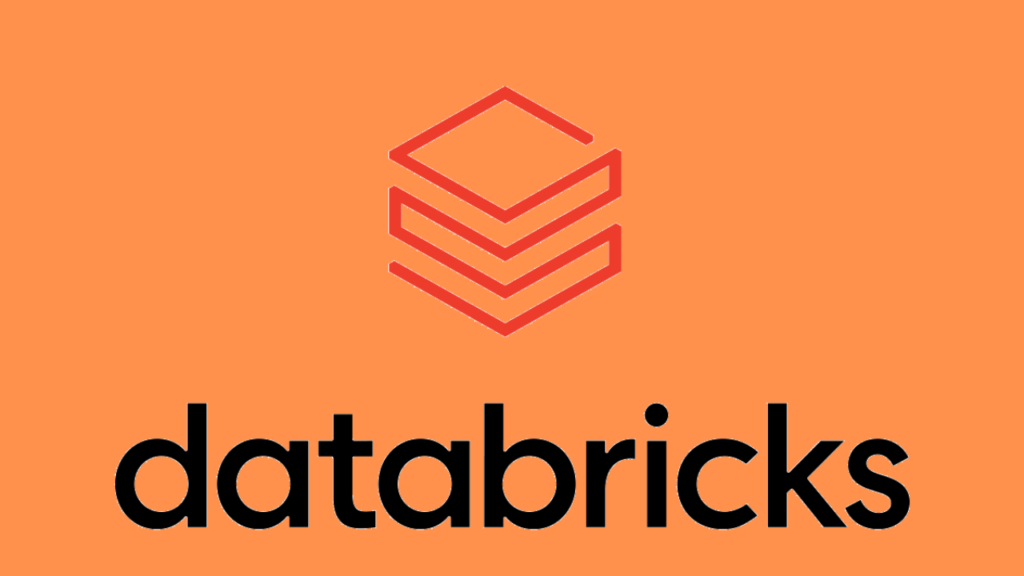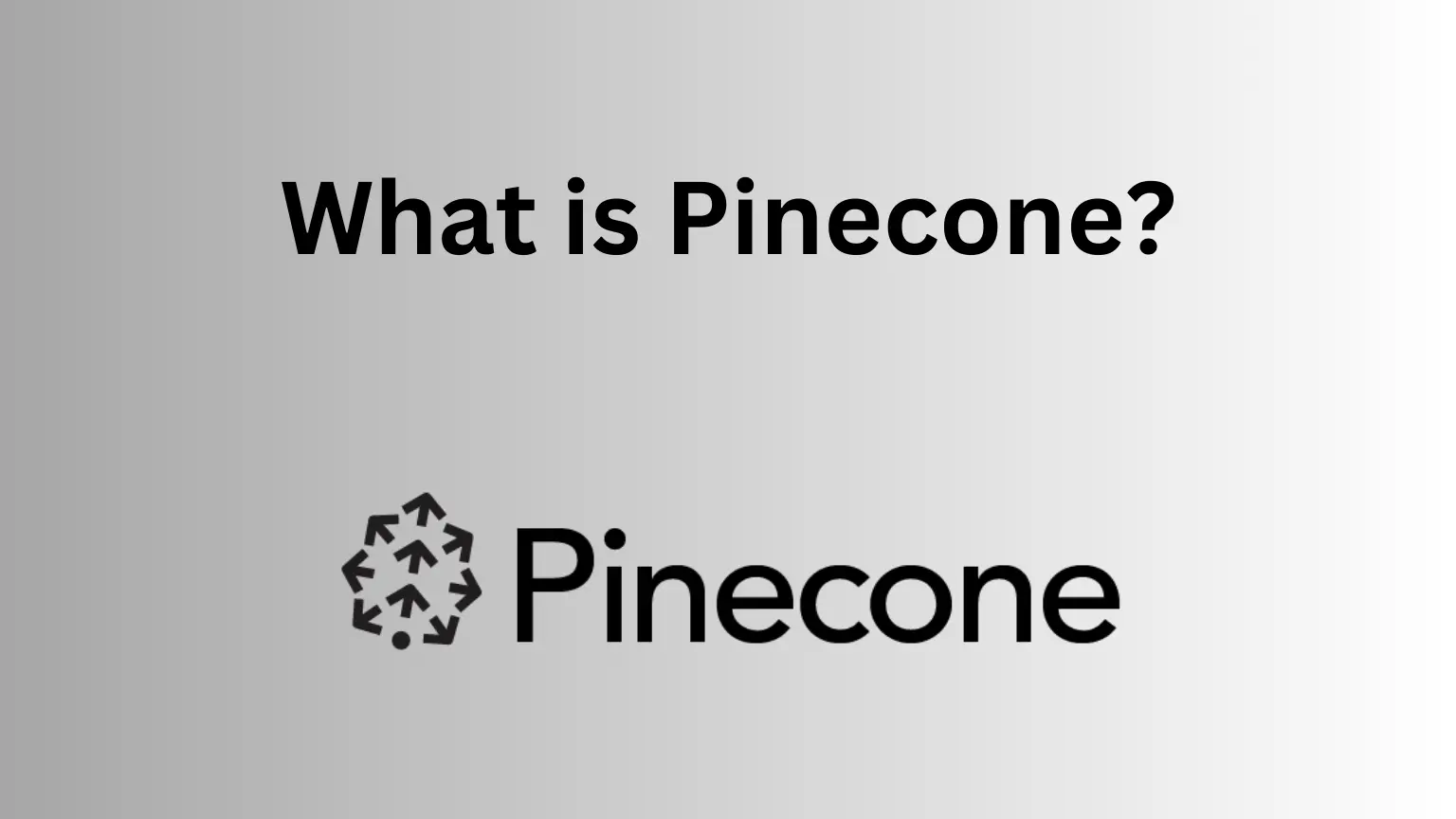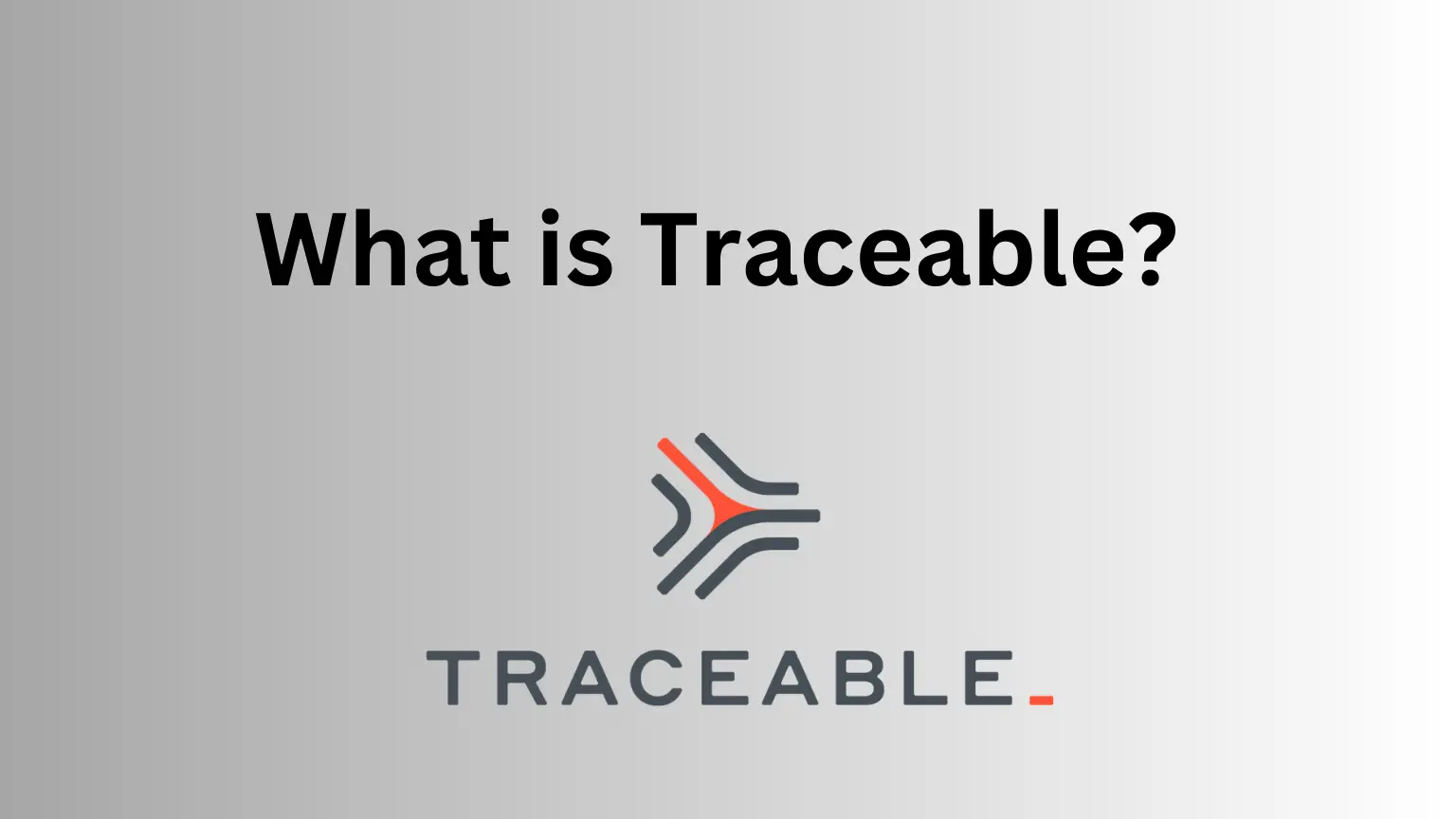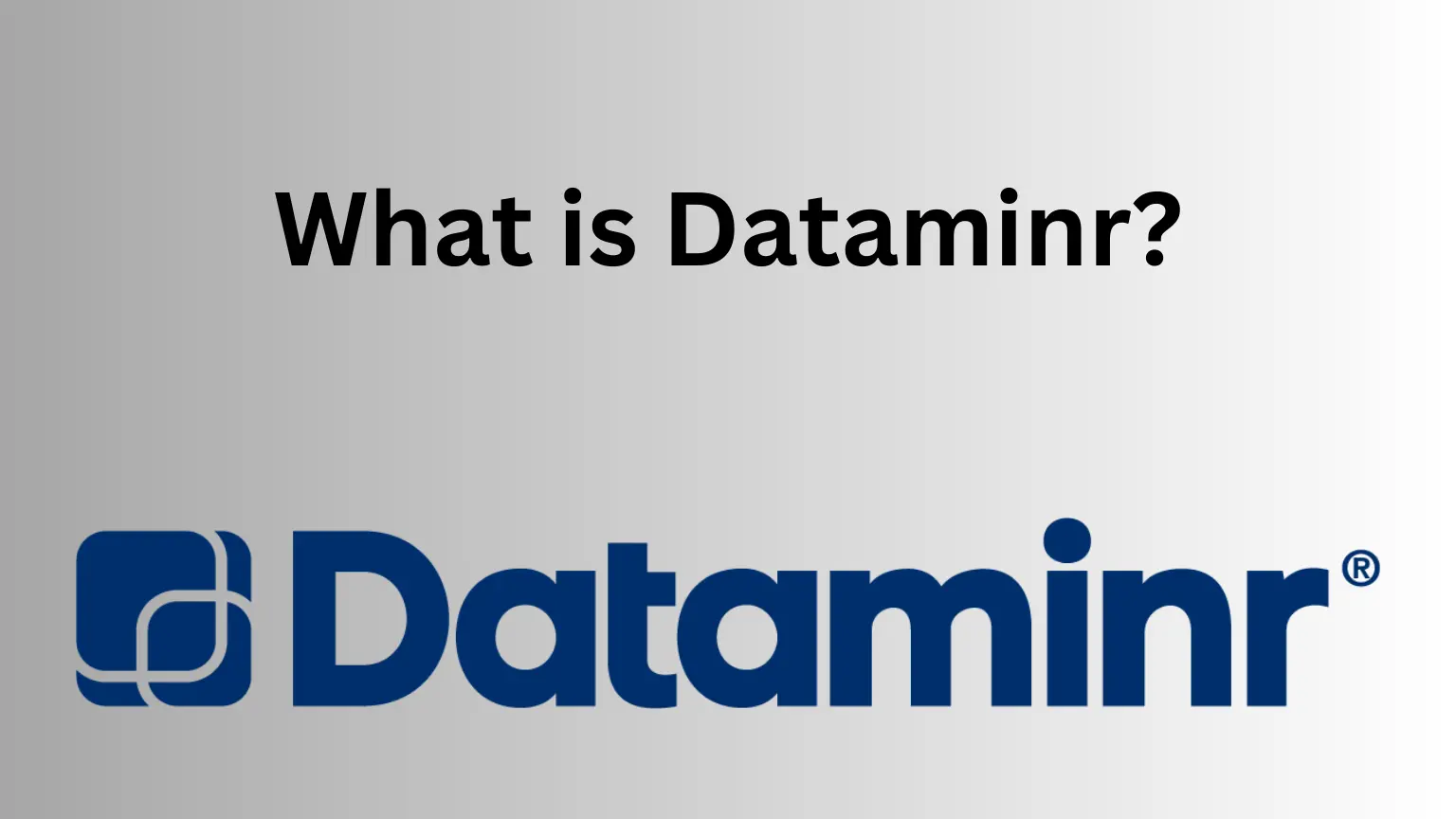As organizations continue to generate massive amounts of data, the need for powerful and scalable data analytics solutions has become more critical than ever. Databricks vs Snowflake have emerged as the go-to platforms for businesses looking to harness the full potential of their data.
But which one is the right fit for your organization? In this blog, we’ll take a deep dive into the features, functionalities, and capabilities of both platforms, and help you make an informed decision on which one to choose. So, buckle up and get ready for an exciting ride!
What is Databricks?
Databricks is a unified data analytics platform that combines the best of data engineering, AI, and machine learning. It provides a robust, collaborative, and scalable environment that empowers organizations to streamline their data workflows, accelerate innovation, and drive better business outcomes.
Databricks was founded on open source and has continued to produce open-source components such as ‘Delta’ format which have been widely adopted in the industry. They are also the founders of the “Lakehouse” concept bringing together traditional warehousing and AI/ML workloads into a single unified platform.
As a testament to its success, Databricks has grown into a leading data and AI platform, serving a diverse clientele across various industries, and continually pushing the boundaries of what’s possible with data analytics.

Key Features of Databricks
Here are three key features of Databricks:
1: Unified Data Analytics Platform:
Databricks provides a unified platform for data engineering, AI, and machine learning, enabling organizations to streamline their data workflows and accelerate innovation.
2. Delta Sharing:
Databricks has developed the world’s first open protocol for securely sharing data across organizations in real-time, without the need for the other organization to have Databricks. This innovation simplifies data sharing and collaboration, helping organizations unlock new insights and opportunities.
3. Machine Learning Capabilities:
Databricks provides a comprehensive solution that integrates popular machine learning frameworks, distributed ML libraries, and a collaborative UI. This platform aims to make it easier for data scientists and engineers to develop, train, and deploy machine learning models at scale.
What is Snowflake?
Snowflake is a cloud-based data warehousing platform that provides a fully managed, scalable, and SQL-based data warehousing solution. It is optimized for fast query performance and allows users to store and analyze structured and semi-structured data.
Snowflake’s unique architecture, a hybrid approach to shared-nothing MPP query cluster (every node has some amount of data) and shared-disk data storage, allows for seamless scalability, improved performance, and cost-effective solutions tailored to the needs of each organization. Snowflake has gained widespread recognition as a leading cloud data warehouse, serving a multitude of industries and customers around the world.
With a strong commitment to innovation and customer success, Snowflake continues to break new ground in data warehousing, empowering organizations to make data-driven decisions and achieve better business outcomes.
Kaggle vs. Google Colab: Choosing the Right Platform for Data Science and Machine Learning
Key Features of Snowflake
1: Hybrid architecture:
Snowflake’s unique architecture is a hybrid approach to shared-nothing MPP query cluster and shared-disk data storage. This allows for seamless scalability, improved performance, and cost-effective solutions tailored to the needs of each organization.
2. Robust security features:
Snowflake provides robust security features for protecting data and ensuring compliance with data regulations. It offers features such as data encryption at rest and in transit, role-based access control (RBAC), and auditing. It also supports features such as virtual private cloud (VPC) peering for enhanced network security.
3. Snowflake Data Exchange:
Snowflake Data Exchange is a feature that enables secure and real-time sharing of data between Snowflake accounts, simplifying data sharing between organizations and facilitating seamless collaboration on data-driven projects.
This feature enhances data sharing and collaboration, making it easier for organizations to work together on data-driven projects.
Databricks Vs Snowflake – What are Some Similarities?
Here are three similarities between Databricks and Snowflake:
1: Cloud-based:
Both Databricks and Snowflake are cloud-based platforms, which means that users can access them from anywhere with an internet connection. This also means that users do not need to worry about managing hardware or infrastructure.
2. Scalability:
Both Databricks and Snowflake are designed to be highly scalable, allowing users to easily add or remove resources as needed. This makes it easy for organizations to handle large amounts of data and to scale their operations as they grow.
3. Security:
Both Databricks and Snowflake provide robust security features to protect data and ensure compliance with data regulations. They both offer features such as data encryption at rest and in transit, role-based access control (RBAC), and auditing.
Computer Vision in Production: An Ultimate Guide!
Databricks Vs Snowflake – Differences You Should Know
There are several differences between Databricks and Snowflake, including:
1: Data warehouse vs. Snowflake:
Snowflake is a cloud-based data warehouse that provides a fully managed, scalable, and SQL-based data warehousing solution, while Databricks is a unified analytics platform that supports all data types and use cases, including data warehousing, data engineering, and machine learning.
2: Collaboration features:
Databricks provides built-in support for notebooks and collaboration features, while Snowflake does not. However, users can integrate Snowflake with other tools for data visualization, reporting, and collaboration.
3: Data ownership:
Snowflake has decoupled storage and processing with ownership over both layers, while Databricks has fully decoupled storage layers and allows users to store data anywhere in any format, focusing on open standards and the freedom of choosing the processing engine while integrating with 3rd party solutions.
Final Thoughts!
In conclusion, both Databricks and Snowflake are powerful platforms that offer unique features and capabilities. Choosing the right platform depends on your organization’s specific needs and use cases. We hope this guide has provided you with valuable insights to help you make an informed decision.

















